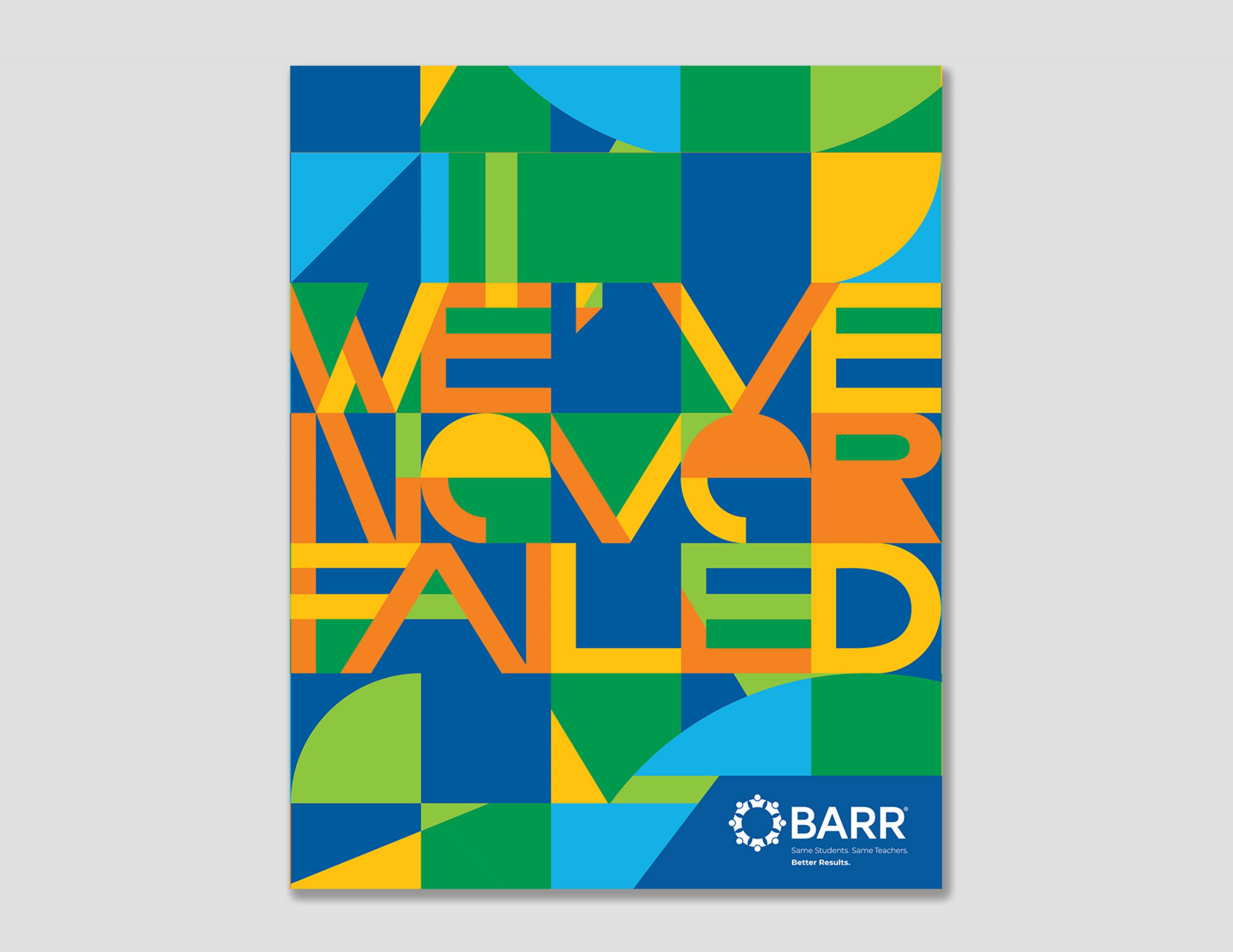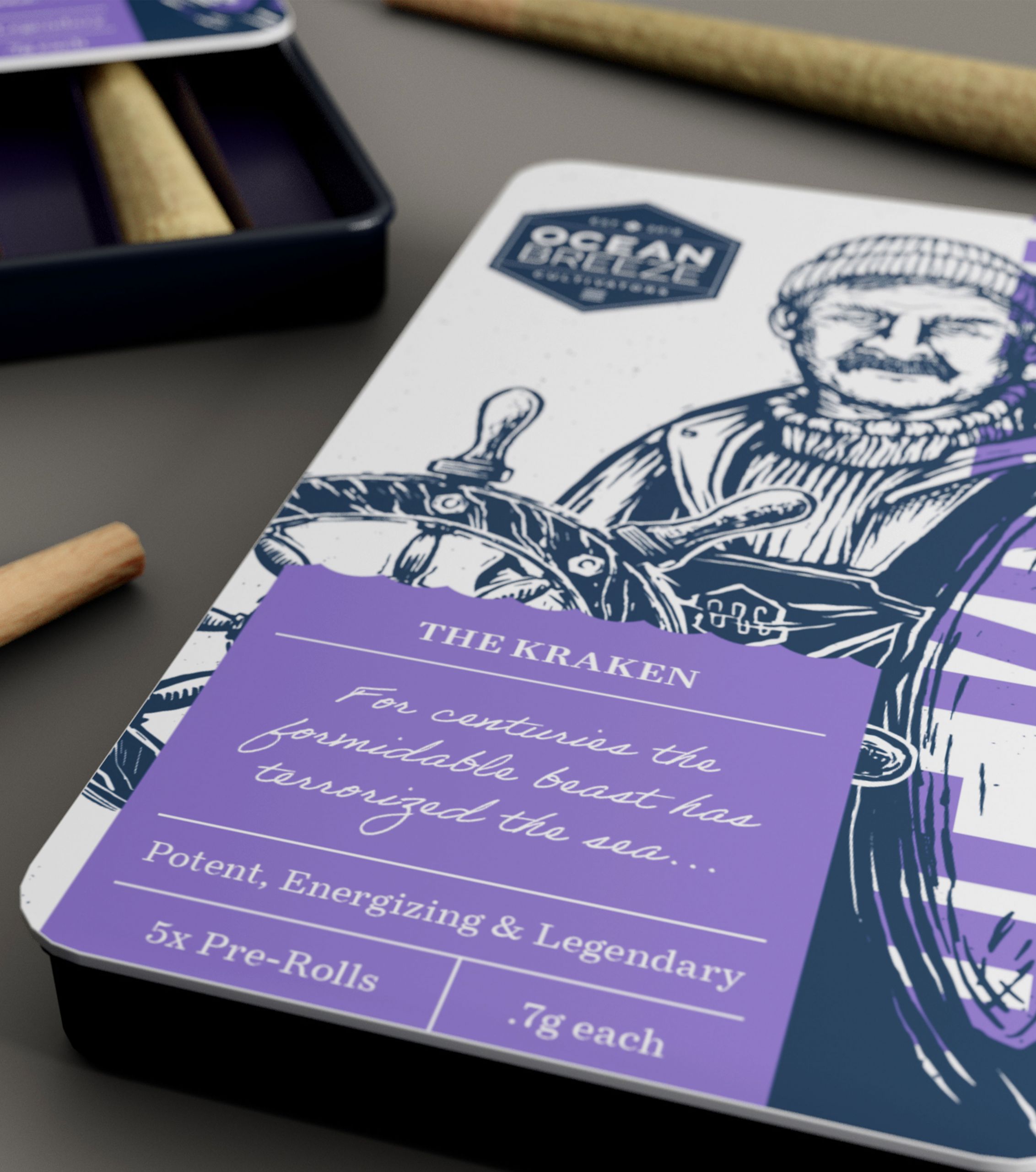The metaverse is here.

Have you had your coffee?
What is the metaverse? Just thinking about it makes our brains hurt, and if you’re reading this right now, then yours probably does too. But don’t worry, we’re here to tell you all you need to know about this addition to the lexicon, and not in some Silicon Valley tech jargon way, but in a way that normal people can understand. To start by oversimplifying it, the metaverse is the next step in advancement of the web and branding as we know it.
First, let’s think about the different eras of the web. In the beginning, we had Web 1.0, which was the dawn of the internet. This was the age of AOL and AIM, and years before we had to worry about the power (and consequences) of social media.
Today, we operate in Web 2.0, where the internet is so ubiquitous, our grandparents don’t even need us to fix their computers anymore. For the most part, everyone understands that the internet connects all of us, and that regardless of hardware, many of us have access to the same internet, the same websites, and the same Instagram platform. Because of this, brands use social media platforms as powerful tools — employing them to increase reach and drive sales. In fact, companies have invested so much in social media marketing, the realm of influencers alone is now a $14 billion industry.
Now, with COVID-19 as the catalyst, and in an effort to stay connected with our communities, virtual worlds are becoming a more common way we experience life. Welcome to Web 3.0, which was ushered into life by gaming giants Roblox Corporation and Epic Games. Hosting virtual concerts during the pandemic with artists like Marshmello, Travis Scott, and Ariana Grande, Epic Games has attracted over 12.3 million live in-game viewers to the game Fortnite. Clearly, consumers are looking for interactive ways to consume media, and the brands on top of their game (sorry for the pun) are figuring how to play in this revolutionary space.
Ok, so back to the metaverse. What is it again? Augmented Reality (AR)? Virtual Reality (VR)? An AR-VR combo pack? Yes, and…
The metaverse, as Mark Zuckerberg (leader of the newly coined Meta) describes it, is a “virtual environment, where you can be present with people in digital spaces… an embodied internet that you can be inside of rather than just look at.” And so, at its core, the metaverse is a virtual space that you can immerse yourself into, where you can interact with your environment, other people, and, yep, (you guessed it) brands. As a concept, it promises so much potential for companies that Facebook (ugh, sorry… Meta) has made clear that they intend to transition from a social media company to a metaverse company.
Aside from the fact that brands will be left behind if they don’t jump on board, what is the allure of the metaverse? Well (as far as we can tell), it’s really about two main ideas— interoperability and decentralization.
Interoperability is the thing that makes the metaverse the metaverse. Because of the fabric that connects the many unique and separate worlds, users can freely explore the entire landscape (universe?) from one account. This also equalizes the fields for startups and small businesses, as they would share certain assets and spaces with large corporations.
The second idea we mentioned is decentralization, which is appealing to consumers because it gives them the power to collaborate, co-own, and develop the metaverse space together, alongside their favorite brands. This consumer-driven creative landscape discourages monopolies and incentivizes user participation. Fans can interact with their favorite influencers, see close ups of what they’re wearing, eating, playing, doing, and explore what their space in the metaverse looks like. With social media today, you can shop directly from a post, clicking a shoppable link that takes you directly to the item you’ve just seen online. In the metaverse, the item you’re after could be an NFT that the influencer created themselves. Or, tickets to a virtual amusement park or football game or … you get the idea; there is no sky limiting the range here.
While there may be a bigger VR component in future iterations, In its infancy, the metaverse is not wholly reliant on VR capabilities, which is why AR is so important for its development. While VR requires a headset to participate, AR is currently accessible through most smartphones (follow most QR codes and you’ll find an AR experience). Mobile access to the metaverse (through your phone or other devices) will expose more users to the metaverse, propelling familiarity and engagement with this (currently amorphous) concept.
Right now, the metaverse is trending, so you may be wondering if it will rise and fall before you’ve even had time to finish this article. IS THIS ANOTHER FAD WE DON’T NEED TO SPEND TIME ON? Eh, maybe. But we doubt it. In 1995, Robert Metcalfe, inventor of the Ethernet (remember that?), wrote these infamous words: “I predict the Internet will go spectacularly supernova and in 1996 catastrophically collapse.”
Our advice? Don’t be like Robert Metcalfe. And hey, you’ve taken the first step by reading this post. Your next step… read another one. We’ve got a lot to learn.


